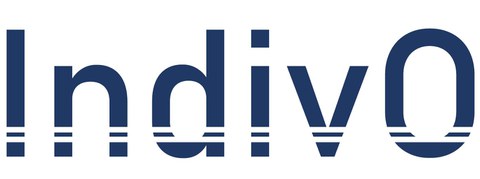Fabrication of Individual and Load-adapted Orthoses
3D Printing and Mechanical Properties of the Printed Products:
Selection of the right manufacturing process depends on time, cost, material and purpose of the production. Injection molding is used as a common method for the mass production of the same object. On the other hand, state-of-the-art manufacturing technologies including “3D printing” are applied for the rapid prototyping of light-weight, complex, multi-colour and multi-material structures.
However, parts made by injection molding and 3D printing can have completely different mechanical properties. Moreover, mechanical properties of the 3D printed products are sort of new and intricate. Using even the same 3D printer and material, mechanical properties of the products can significantly vary by changing design, temperature, speed of printing, location of the object, and etc. Therefore, there is an undeniable need to study the mechanical behaviour of these new products before proposing them to the market.
Project IndivO:
The Project IndivO is a multi-disciplinary project defined between TU Dresden and the Orthopaedic Company ORD (Orthopädie- und Rehatechnik Dresden GmbH). Final goal of the project is fabrication of foot orthoses which offer more comfort and flexibility to the patients.
The work-load of the project covers experiments, design, modelling and simulation. Powder bed 3D printers are used for design accuracy and higher quality of the products. Besides, the material for orthoses has been chosen to meet the criteria of the 3D printers while being biocompatible. The final products must be light-weight, individual and unique, as well as being reproducible.
Summary:
- Material characterisation of the 3D printed specimens / prototypes
- Numerical validation of the experiments / material modelling
- 3D scanning / 3D modelling / image processing and reverse engineering
- Design optimizing through finite element analysis (FEA)
- Product demo
Project partners:

